Fatty acids are a cornerstone of fish nutrition, playing a vital role in the health, growth, and vitality of both wild and captive fish. Whether you’re a home aquarist or a professional in aquaculture, understanding the importance of fatty acids-especially omega-3s like EPA and DHA-can make a dramatic difference in your fish’s well-being and the overall success of your tank or farm.
What Are Fatty Acids and Why Are They Essential?
Fatty acids are a type of lipid (fat) that are crucial for many biological functions. Some fatty acids, known as essential fatty acids (EFA), cannot be synthesized by fish and must be obtained through their diet. The most important EFAs for fish are long-chain polyunsaturated fatty acids (LC-PUFA), especially omega-3 (n-3) and omega-6 (n-6) families, which include docosahexaenoic acid (DHA), eicosapentaenoic acid (EPA), and arachidonic acid (ARA).
These EFAs are involved in a wide range of physiological processes, including:
- Building and maintaining cell membranes
- Supporting brain and nervous system development
- Regulating immune function and inflammation
- Promoting healthy reproduction and larval development
- Ensuring proper pigmentation and skin health
- Maintaining cardiovascular and metabolic health
How Fatty Acids Influence Fish Health
Research shows that LC-PUFAs like EPA and DHA are key for cell membrane structure, neural development, vision, and reproductive success in fish. They also play a role in hormone production, immune response, and even the regulation of buoyancy and muscle contraction. Deficiencies in these fatty acids can lead to stunted growth, poor survival rates, weakened immunity, abnormal development, and reproductive failure.
During larval and juvenile stages, DHA is especially critical for brain and eye development. Inadequate DHA can result in growth anomalies, high mortality, and impaired sensory function. EPA and ARA are equally important, serving as precursors for bioactive molecules (eicosanoids) that regulate inflammation, stress response, and healing.[2][3]
Dietary Sources of Essential Fatty Acids
Fish obtain most of their essential fatty acids from their diet. In the wild, this often comes from consuming microalgae, zooplankton, and other small invertebrates. In aquariums and aquaculture, common sources include:
- Marine oils: Fish oil and krill oil are rich in EPA and DHA
- Microalgae: Species like Nannochloropsis and Isochrysis are natural sources of omega-3s and are often used to enrich live foods such as rotifers and copepods
- Enriched live foods: Rotifers, brine shrimp, and copepods can be gut-loaded with microalgae or commercial enrichment products to boost their fatty acid content
- Specialty aquafeeds: Commercial diets for marine and freshwater fish are often fortified with the optimal ratio of omega-3 and omega-6 fatty acids
For aquarists seeking to boost the nutritional value of their live foods, products like PhycoPure™ Reef Blend provide a rich blend of microalgae, supporting both the health of your fish and the live foods they consume.
Omega-3s and Their Benefits for Fish and Humans
Omega-3 fatty acids, especially EPA and DHA, are not only essential for fish but also for human health. Fish that are rich in these fatty acids, such as salmon, sardines, and herring, are recommended by health organizations for their cardio-protective and anti-inflammatory effects.[2][4][5] In aquaculture, the fatty acid profile of farmed fish is directly influenced by their diet. Providing fish with diets rich in EPA and DHA ensures high-quality fillets for consumers and supports the welfare and productivity of the fish.
Fatty Acid Requirements: What’s the Right Balance?
The optimal levels and ratios of fatty acids in fish diets vary depending on the species, age, and environmental conditions. For example, omega-3 LC-PUFA requirements for salmonids can range from 10 to 25 g/kg of feed, and the balance between DHA, EPA, and ARA is crucial for proper development and health.[2][3] Too little or too much of any one fatty acid can negatively affect growth, immune function, and reproductive success. Commercial aquafeeds are often formulated to meet these specific requirements, but aquarists culturing their own live foods should also pay attention to enrichment protocols and microalgae selection.
| Fatty Acid | Key Role | Best Sources |
|---|---|---|
| DHA (Docosahexaenoic acid) | Brain, eye, neural development | Fish oil, microalgae, enriched live foods |
| EPA (Eicosapentaenoic acid) | Immune, anti-inflammatory, cell membranes | Fish oil, microalgae, enriched live foods |
| ARA (Arachidonic acid) | Reproduction, hormone regulation | Animal fats, enriched live foods |
Signs of Fatty Acid Deficiency in Fish
- Poor growth or stunted development
- Weak immune response and increased disease susceptibility
- Abnormal swimming, buoyancy, or behavior
- Impaired reproduction or low hatch rates
- Pale coloration or poor pigmentation
- High mortality in larvae or juveniles
If you notice these symptoms, review your feeding regimen and consider supplementing with high-quality microalgae or enriched live foods. For more on optimizing fish and coral nutrition, see Top 5 Live Feeds for Thriving Reef Tank Ecosystems.
Best Practices for Ensuring Adequate Fatty Acids
- Use a variety of feeds, including microalgae, enriched rotifers, copepods, and formulated diets
- Gut-load live foods with microalgae blends rich in omega-3s before feeding
- Rotate feed types to avoid imbalances and deficiencies
- Monitor fish health and adjust feeding protocols as needed
For more on enriching live foods and the science behind microalgae nutrition, read Understanding Zooxanthellae Algae and Its Benefits.
“Fatty acids are the building blocks of healthy fish. By providing a balanced, omega-3-rich diet, you support growth, immunity, and the long-term success of your aquarium or farm.”
Conclusion
Fatty acids-especially omega-3s like EPA and DHA-are essential for fish health, growth, and reproduction. By understanding their role and ensuring your fish receive a balanced, nutrient-rich diet, you’ll promote vibrant, resilient fish and a thriving aquatic ecosystem. Choose high-quality feeds, enrich live foods, and monitor your tank for signs of deficiency to keep your fish at their best.
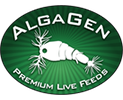

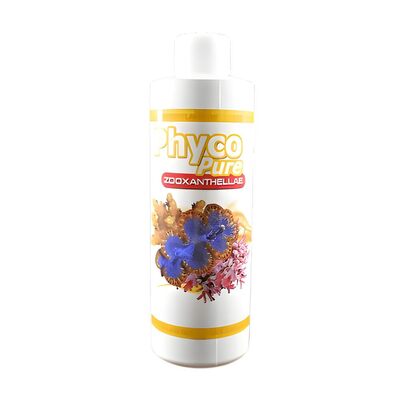
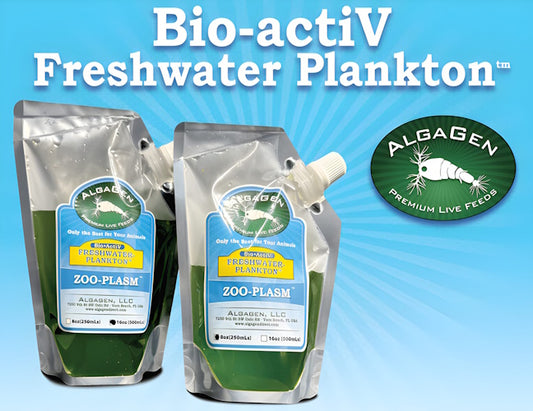
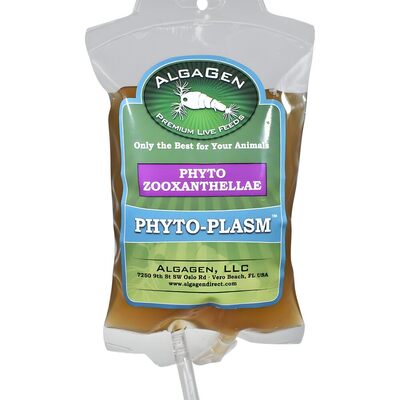
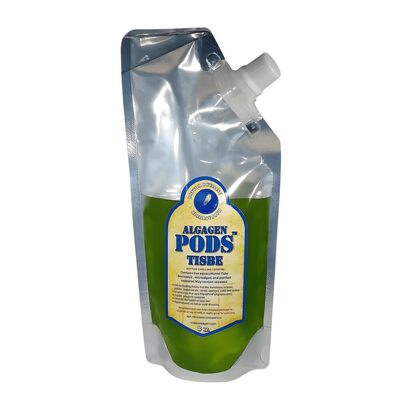
Recent post